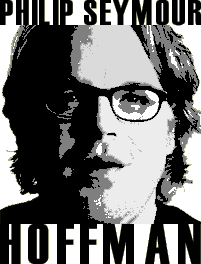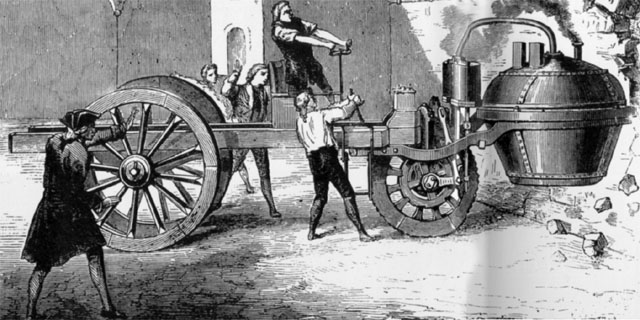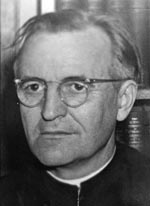 Religious set for founder’s beatification
Religious set for founder’s beatification08/31/2007 Ed Langlois
The only known portrait of Father Basil Anthony Moreau shows a stern, impassioned face. And by some accounts, the 19th-century French cleric lived and thought intensely. But those from the religious congregation he founded know him as much more — an enterprising and adaptive man in many ways ahead of his time. On Sept. 15 in LeMans, France, Father Moreau will be beatified. Many members of the Congregation of Holy Cross, and their lay collaborators, will make a pilgrimage to the rite, official recognition of Father Moreau’s holiness and one step in the process of naming a saint. The trek to France includes several dozen pilgrims from the University of Portland. “He was a great entrepreneur,” says Holy Cross Father Bill Dorwart, campus minister at the University of Portland. “He was a diocesan priest and a teacher who pulled a whole group of people together to give energy to a mission.” A peasant boy-become priest, Father Moreau hit his prime as the sheen had substantially worn off of the French revolution. He envisioned laity, religious and clergy working together to re-evangelize the French countryside via schools and parish help. He advised his followers to cultivate a preference for the poor. Eventually, he would seek permission to unify a community that included priests, brothers and sisters all with one superior general. He based that vision on the Holy Family, convinced such a structure would act as a “powerful lever” that would “move, direct, and sanctify the whole world.” But in the 1840s, Vatican officials could not embrace the notion of one religious community combining men and women. As he did with every crisis and disappointment, Father Moreau saw it all as part of divine providence. The men and women of Holy Cross, with separate governance, have worked together closely nevertheless, creating highly-respected schools all over the world and innovating in parish and social ministry. Holy Cross counts among its numbers theologians, writers, scientists and even a film producer.
Father Dorwart says that Father Moreau must have been charismatic and even good-humored, despite the impression given by the painting. Otherwise, how could he have held his wide-ranging community together? “He was flexible and read the signs of the times very well. He could adapt his sense of mission and spirituality to given circumstances,” explains Father Dorwart, who served as superior of the congregation’s large western U.S. province from 1997 to 2003. Called the Indiana Province, it includes U.P. and the University of Notre Dame, plus overseas missions. “It’s the same with us today,” the priest says. “No two schools operated by Holy Cross are the same. That comes from his spirituality and philosophy.” In an 1841 letter to his new congregation, Father Moreau referred to himself as a “simple tool.” Like his firebrand confrere, Father Edward Sorin of Notre Dame, Father Moreau had great visions for educational institutions in France and worldwide. “From the very beginning, Father Moreau talked about the signifcance of educating the mind and the heart and that is part of what we are as educators in the faith,” says Father William Beauchamp, president of the University of Portland. “His determination and holiness and zeal is very much a model for us. As an example, look at the presence of priests in residence halls. We are not just in classrooms and offices; we are very present to the students.”
Holy Cross schools were among the earliest to integrate community service as part of learning.
In Portland, at Holy Cross-run St. Vincent de Paul Parish downtown, Catholics are invited to a day of service and learning among homeless people as a way to help them learn about everyone’s need for God and others.
Father Moreau drew convictions from religious communities he admired. Apt to
make retreats with Trappist monks, he wanted his new band of ministers to pray
and live in common as a way to sustain the busy apostolic work. His mentor was a
Jesuit; he became an avid supporter of St. Ignatius’ Spiritual Exercises, a way
of prayer that allies everyday life to the will of God. Holy Cross religious say that there is a tension in their community between prayer and work. But it’s a healthy tension, they say. The two activities feed one another and complete one another.Original article (here)















 A new blog called
A new blog called 










